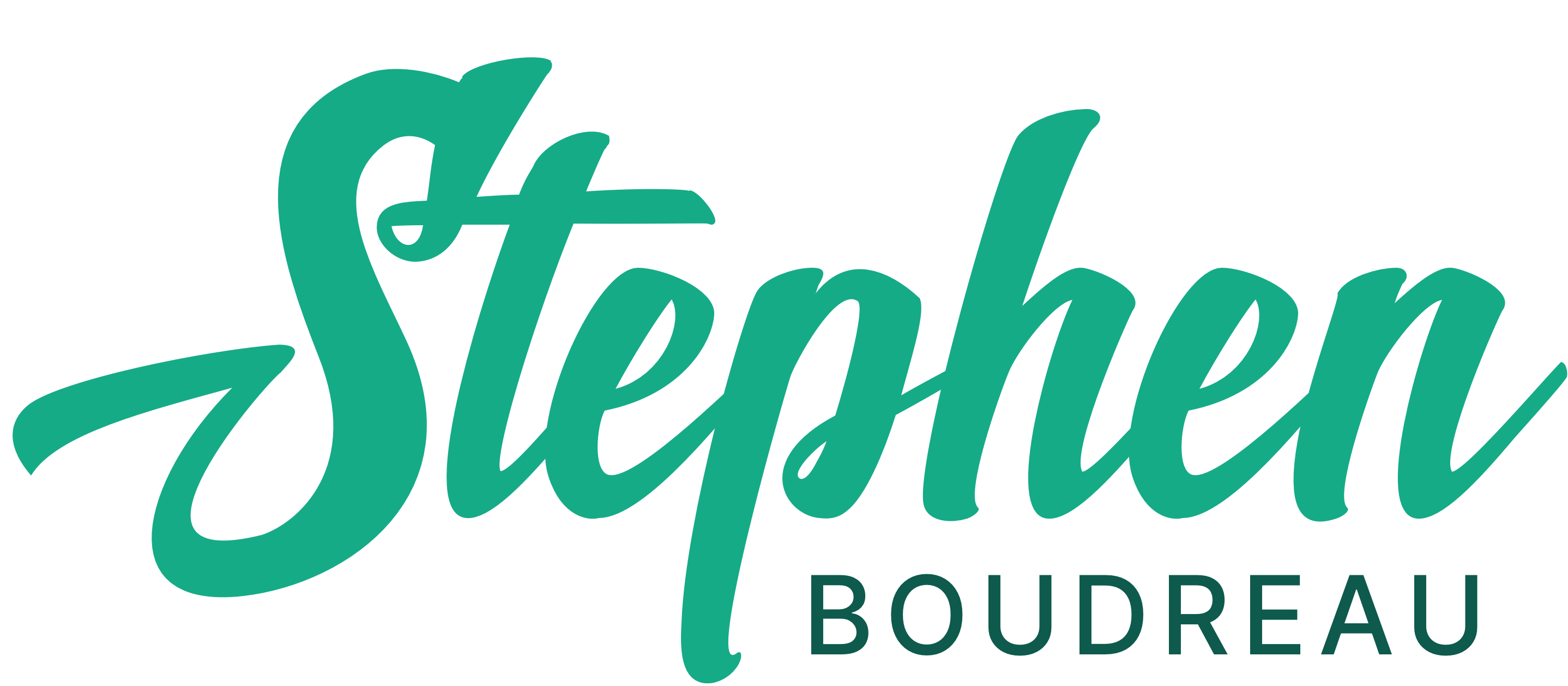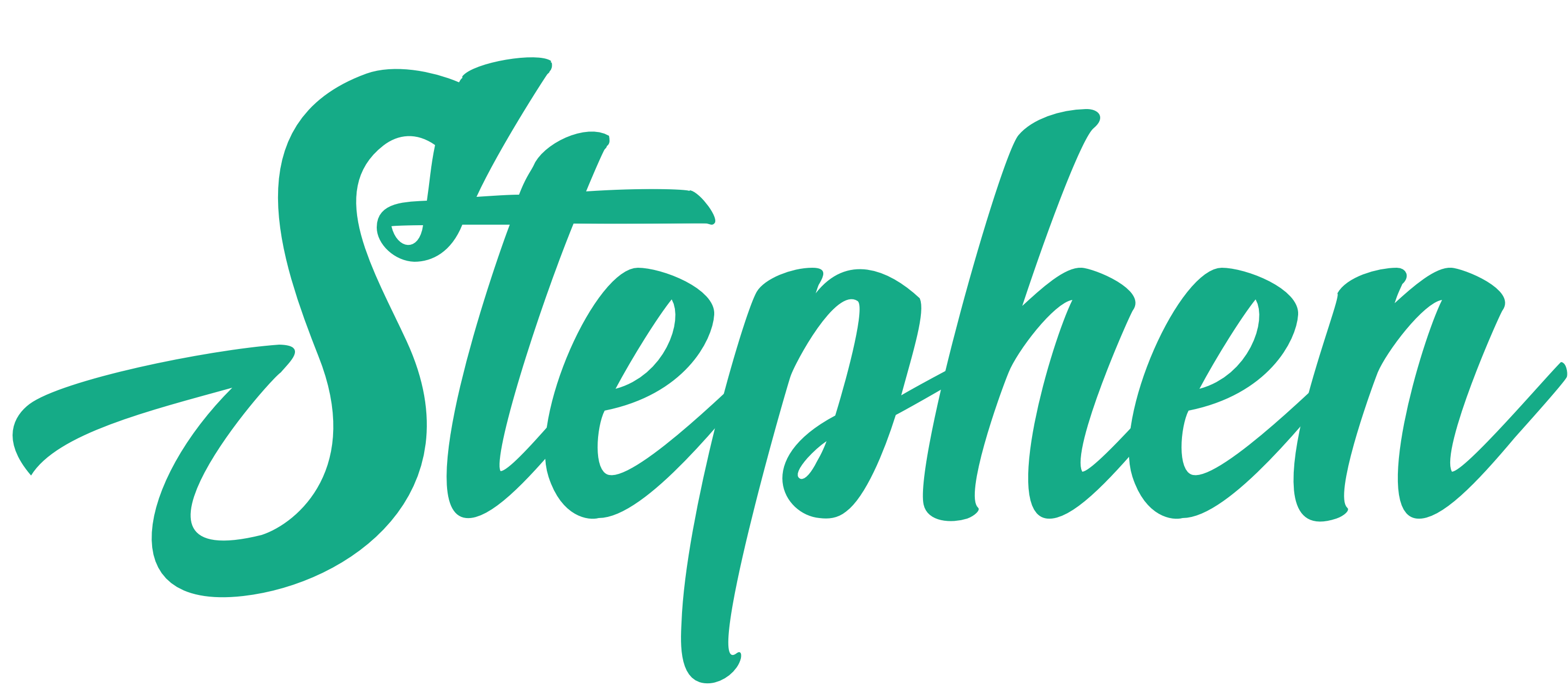“The older I get, the less I know, but the more I understand.”
David Bowie
I used to be a know-it-all.
Not professionally—though I gave it a good run—but personally, recreationally. I liked to be right. I liked to be the one who already knew. It wasn’t even about showing off. It just felt safer that way. Certainty is a pretty good hiding place.
These days, I’m in recovery. I’m what you might call a know-it-some.
Someone who knows a few things, suspects a few more, and is finally comfortable leaving the rest open-ended.
Turns out, it’s a much better way to live.
These days I try to follow a few simple rules. I forget them often, but that’s sort of the point.
Rule #1: Admit you know less than you thought
Like any recovery program, this one starts with admitting you have a problem.
Mine was mistaking knowledge for connection.
Knowing things is useful, sure. But it’s also a great way to keep people at a distance. You can’t really listen when you’re already halfway through composing your response.
For years, I thought being “the person with answers” was leadership—the one who could solve, fix, or explain.
But it wasn’t just work. I did it everywhere. With friends, with family, in arguments about where we parked the car.
Turns out, most things—and most people—don’t need an answer. They just need attention.
Now I know: the smartest person in the room isn’t the one talking. It’s the one who’s still curious enough to listen.
Rule #2: Start every meeting with one good question
In my team meetings, I start with a question. Not a strategic one—a human one.
What food always makes you think of home?
What’s was the first concert you ever went to?
Who was your favorite teacher growing up?
They sound like icebreakers—and honestly, they are.
But really, they’re guard-droppers: small, unserious questions that open serious doors.
The good ones aren’t therapy prompts; they’re the opposite—a reminder that connection doesn’t have to be heavy to be real.
It’s amazing how a little softness changes the air in a room. Once you’ve laughed about who still uses paper checks or admitted your irrational fear of whales, suddenly a discussion about marketing metrics feels… lighter. More honest.
Dinner tables, teenage sons, awkward family holidays—curiosity is the cheapest form of grace you can offer another person.
That’s the secret of the Know-It-Some: most people just want to be seen, not solved.
Rule #3: Don’t mistake volume for value
The loudest person in the meeting isn’t always the smartest.
Sometimes they’re just closest to the mic.
I say this with love—and a touch of self-recognition.
When you’ve made a career out of being “the communicator,” it’s dangerously easy to mistake saying things for doing things.
It took me a while to realize that silence isn’t absence—it’s space.
And space is what gives words their weight.
The same rule applies everywhere. I’ve caught myself doing it at home—arguing a point long after everyone else has moved on, as if endurance equals insight.
Knowing when to speak up matters; knowing when to shut up matters more.
Know-It-Some Rule #3: you don’t need to have the last word. You just need to have the next good question.
Rule #4: Keep some curiosity in reserve
The best conversations end with new questions, not conclusions.
Being a Know-It-Some means you don’t rush to solve every mystery. You just stay open long enough to see what unfolds.
That applies to work projects, yes—but also to raising kids, loving people, and figuring out who you’re still becoming.
Turns out, the less I insist on knowing everything, the more interesting everything gets.
Still learning
These aren’t commandments. They’re reminders—a few guardrails for when I start drifting back into Know-It-All territory, which still happens.
The difference now is that I notice it sooner.
And when I do, I ask myself one good question:
What if I don’t know yet?






